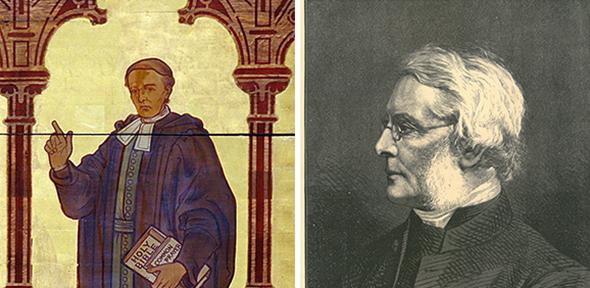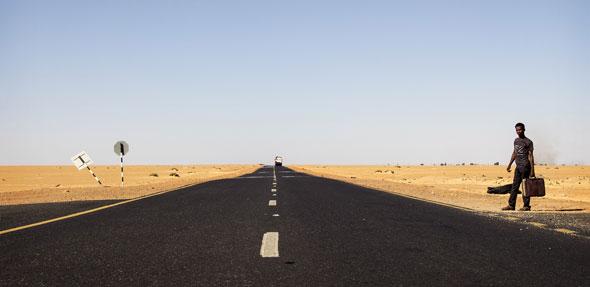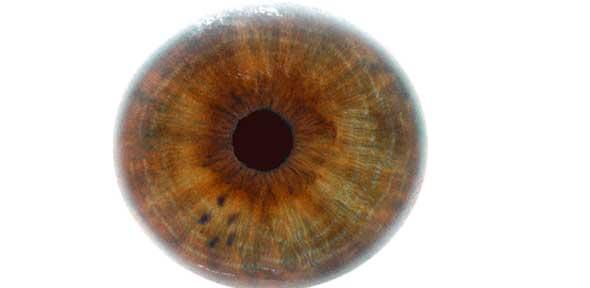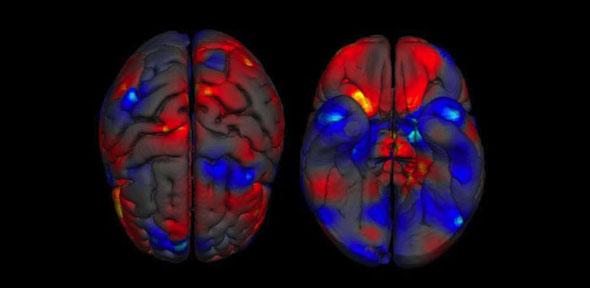The private letters and publications of Bishop John Colenso, a pioneering 19th century missionary who enraged the South African colonial authorities with his outspoken campaigns on behalf of the Zulu population, are being put on public display.
The exhibition, entitled The Missionary College, marks the bicentenary of Colenso’s birth, and can be seen from today (3 February) at St John’s College, Cambridge, where he was a student.
Appointed the first Church of England Bishop of Natal in 1852, Colenso became a prominent and often controversial public figure. He campaigned against the colonial government in defence of local Zulu tribes, and publicly criticised the British for starting the Anglo-Zulu war.
He was also briefly excommunicated from the Church itself, after he caused outrage by questioning the historical accuracy of parts of the Bible – a position which was highly unconventional for a Bishop at the time, and which led to a running feud with his immediate superiors.
The small exhibition also tells the story of a second graduate missionary, Thomas Whytehead, whose attempts to do similar work with the Maori population in New Zealand were cut short when he died while working for the country’s first mission in 1843.
Kathryn McKee, special collections librarian at the College, said: “These were similar characters and near contemporaries at Cambridge, but their careers followed very different paths. Colenso occupied a position of influence and was deeply controversial, partly because many of his views were slightly ahead of their time. Whytehead is a tragic figure, who was denied the opportunity to become anything more than a minor player in the same sort of story.”
Items from the private collections of both men, which were given to St John’s and are now kept in the College Library, will be on view.
They include some of the materials which Colenso produced to enable South African missionaries to learn Zulu, among them the expansively-titled: Three native accounts of a visit to the Zulu King, with translation, vocabulary, and explanatory notes, referring minutely to the Grammar and designed expressly for the use of missionaries studying the language.
Having arrived in Natal at a time when the Church was only just beginning to establish itself, amid ethnic tensions and widespread economic hardship, Colenso saw it as essential for missionaries to work closely with the Zulu population, and worked tirelessly to understand and teach their language to make this possible.
In doing so, he developed a more sensitive appreciation of Zulu culture and customs than many of his colonial contemporaries, which rapidly led to run-ins with the government and other establishment bodies.
One such quarrel was over the question of polygamy, illustrated in a letter which Colenso wrote to the Archbishop of Canterbury in defence of Zulu men who had converted but already had two wives. The official Church stance was that such men should disown one wife and any children, based on the colonial perspective that for Zulus, marriage was simply a business transaction. Colenso, however, disagreed, insisting that these were stable and loving relationships, comparable with those in the West.
In 1874, Colenso also actively campaigned on behalf of the Hlubi tribe and their chief, Langalibalele, who had been accused of rebellion. Langalibalele was imprisoned on Robben Island, where a century later Nelson Mandela would also be incarcerated. Colenso petitioned the Colonial Secretary, Lord Carnarvon, who was sympathetic to his views and ordered mitigation of the sentences, but his acts won him few friends in the colonial government itself and Colenso was vilified in the local press.
His reputation suffered further when he also championed the cause of the Zulu chief, Catewayo, in the Anglo-Zulu War – a conflict which he was convinced the British had started. From the early 1880s, as a member of the Natal native affairs commission, Colenso encouraged the Zulu people to resist government pressure. His stance further estranged him from the authorities, with local officials claiming that the missionary bishop was responsible for fomenting riot and rebellion.
Perhaps the biggest controversy of Colenso’s career, however, was over religious matters which led to him being branded by some a “heretic” bishop. Visitors to the exhibition will be able to examine writings which Colenso published as a result of the careful study of the Pentateuch, which he undertook while translating it into Zulu.
The work led him to question directly the origins of the Five Books of Moses. “I have arrived at the conclusion,” Colenso wrote, “…that the Pentateuch cannot have been written by Moses, or by anyone acquainted personally with the facts which it professes to describe, and, further, that the whole (so-called) Mosaic narrative, by whomsoever written, cannot possibly be regarded as historically true.”
By the standards of the time, these were deeply unorthodox view for a Church of England bishop. Bishop Grey, the leader of the South African mission, responded by having Colenso tried for heresy. He was found guilty and deposed, but refused to acknowledge the verdict, at which point Grey excommunicated him altogether. Ultimately, Colenso was able to overturn this ruling by direct petition to the Crown. This led to a brief schism in South Africa itself, with Grey appointing a rival Bishop of Maritzburg, in 1869.
Had Thomas Whytehead lived, it seems likely that his work with the Maoris of New Zealand would have followed a similar path to that of Colenso with the Zulus. En route to the mission in 1843, however, he suffered complications arising from a burst blood vessel, and arrived in New Zealand a dying man.
One of his last acts was to translate a hymn by Bishop Thomas Ken into Maori. In a letter, written days before his death, Whytehead tells a friend that as he lay in bed desperately ill, local Maoris came and sang the hymn beside his window. “It is a comfort to think one has introduced Bishop Ken’s beautiful hymn into the Maoris’ evening worship and, left them this legacy when I could do no more for them,” Whytehead added.
The Missionary College is a small display which can be viewed in the Library of St John’s College, Cambridge, from 3 February to 17 April. It will be open to the public from 9am to 5pm, Monday to Friday.
For more information about this story, please contact Tom Kirk, tdk25@cam.ac.uk






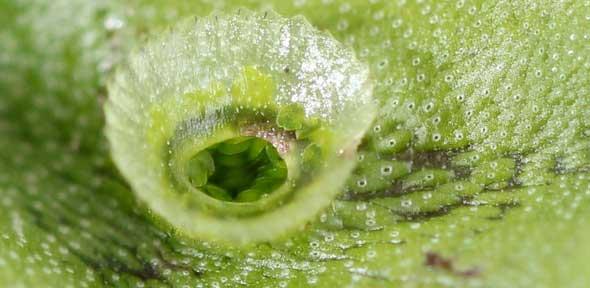





 Conspiracies and conspiracy theories lie at the heart of many great films. The plots of some of cinema’s most gripping narratives turn on secrets and lies, deception and collusion, revelation and exposure. Spy stories, political thrillers and horror movies are full of shadowy organisations, devious governments, criminal networks and evil masterminds in storylines skilfully crafted to tread a thin line between fact and fiction and to play with reality and imagination.
Conspiracies and conspiracy theories lie at the heart of many great films. The plots of some of cinema’s most gripping narratives turn on secrets and lies, deception and collusion, revelation and exposure. Spy stories, political thrillers and horror movies are full of shadowy organisations, devious governments, criminal networks and evil masterminds in storylines skilfully crafted to tread a thin line between fact and fiction and to play with reality and imagination.
